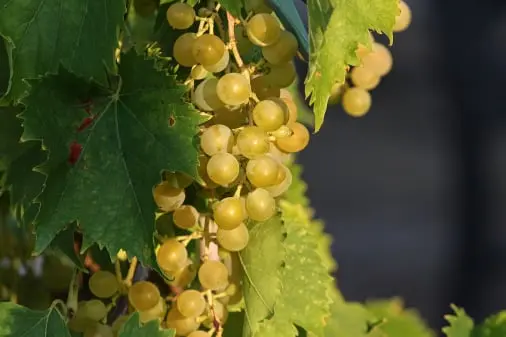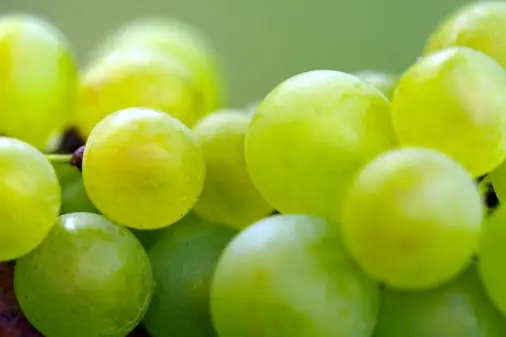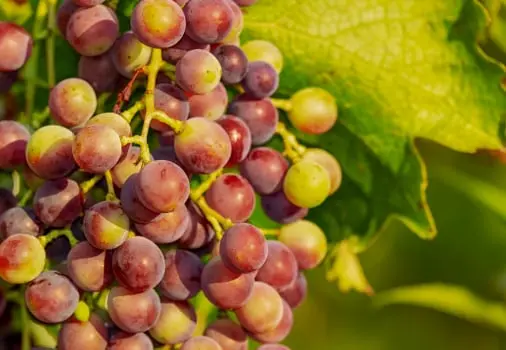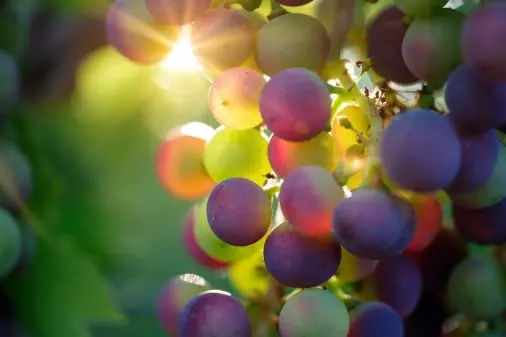Grape quality inspection app with AI Quality Management:
Grape quality inspection app with AI Quality Management for rapid grape quality testing, and complete grape packing business management. Consistent quality grapes, less waste. Reduce quality inspection costs. Eliminate price negotiations, and QC mistakes.

Grape Quality inspections during production
View App Specifications.
Grape quality depends to a large extent on various metabolites, timing and completeness of ripening and the ripening synchrony of skins, seeds, stems, and pulp. This chapter outlines grape quality issues of importance in stylistic winemaking. • Brix: This has always been, and continues to be, the most commonly used parameter by growers and wineries to make picking decisions, partly because it is so easy to measure. In some cases, sugar development tracks very well with other factors like color or acidity. However, we have seen a lot of situations out West where fruit achieves very high Brix levels but does not develop acceptable color or flavor. And on the flip side, fruit with lower sugar levels, and thus lower alcohol levels, can make some very good wines depending on the desired style.

Daily Grape packhouse hygiene checklist
We hear and read the adage, “you can’t make quality wine without quality grapes” all the time, and there is certainly truth in that statement. But again, what are we calling quality? How do we measure it? And how does a grower manage for “quality?” We obviously can’t measure quality directly, and you can’t manage what you can’t measure, so there have to be alternative measurements that we can use to determine if we are producing quality fruit. This is where communication between growers and wineries becomes paramount. If there isn’t an understanding ahead of time as to what constitutes quality grapes, it can lead to problems down the road.

Grape Quality control
• Fruit Condition: Here in the East, it is very difficult not to have at least a little bit of bunch rot develop on some clusters, and any winemaker who has experienced more than one harvest out here knows this and learns to manage it. At some point, though, enough rot will start to cause off-flavors and aromas that can negatively affect the quality of the finished product. Some rots are worse than others, too. A load of Riesling with 2% botrytis may actually enhance flavors, while 2% sour rot infection may be highly problematic. The physiological connections between grape aromatic components and primary and secondary photosynthetic pigments suggest that they could be used to detect processes related to aroma composition.

Grape Supplier quality inspection
Assessing wine grape quality parameters using plant traits derived from physical model inversion of hyperspectral imagery
Together with ensuring a stable yield, improving grape composition and aroma is the main goal of wine grape production management as it determines consumer acceptance and ultimately revenue. Understanding the triggers of the synthesis of aromatic components and finding methods to map their variability in the field can aid management practices during the season and planning selective harvest in views of maximizing benefit. Vegetation indices have been shown to track grape colour, sugar and acidity content but it has been demonstrated that aromatic components are the main drivers of the final palate of wine and are not correlated to sugar concentration. Leaf pigments such as chlorophyll, carotenoids and anthocyanins are involved in the metabolic pathways of aroma compounds in grapes.